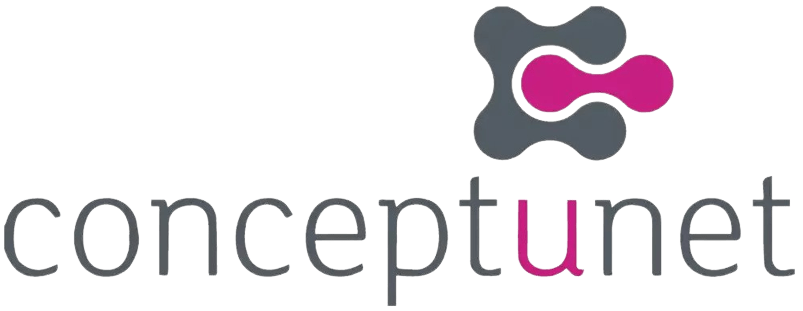Traditional signage has long been the sturdy link between information and people. Yet, we are now in an age where digital signage displays are proving to be the new communication solution. Digital advertising is predicted to grow to $31.71 billion by 2025, indicating that this medium is here to stay.
But how do the two compare? Well, let’s find out as we put digital signage vs traditional signage head to head….
The Cheaper Option
The first factor to consider here is cost. Traditional signage offers a lower initial cost compared to commercial-grade digital signage. However, the long term benefits come from the digital solution.
When you need to update your traditional signage, it requires reprinting costs, along with any mounting and labour costs to travel to sites and physically change the printed signage.
On the other hand, digital signage can be upgraded in a much more elegant and cost-effective manner. An interactive digital signage platform like SignStix (signstix.com) gives users the ability to manage and deploy digital content to any device, anywhere in the world. This is via cloud-based software, though updating your signage via USB is another cost-effective option.
Whilst traditional signage can still be an economic option if you’re not frequently altering multiple displays, digital signage offers a modern, robust solution. With multiple free options to update and refresh your signage whenever you like, it provides the freedom to experiment with what engages your audience; in a way that print just can’t offer.
Does size Matter?
Traditional signage offers scale sizes that people recognise and can help with planning your signage material. Understanding that your print sign will be A4 allows for a certain level of preparation to create the best signage.
Whilst digital signage can match traditional displays with sizes between 10“- 86”, it is not bound by these sizes or its content. LCD video walls are eclipsing old billboards due to the attention-grabbing content that can be displayed, from video and audio to animation and text.
A UK study showed 20% of people will read the text on a page, but 80% of people will watch a video. As consumers continue to connect deeply with technology, the presence of video screens and digital signage has assimilated into modern life. Digital signage technology is taking over, as traditional signage is becoming irrelevant next to it.
Real-Time Marketing
Traditional signage has been utilized as a part of pop-up PR and marketing campaigns for decades. Yet digital signage can also be used for marketing material that doesn’t linger around with outdated information.
Being able to instantly update your messaging is beneficial to both the business, and the customer. Real-time information is useful for important updates, to showcase relevant information and even live social media feeds.
Digital signage is becoming a part of sports stadiums, restaurants and even weddings. Accompanied with a hashtag, customers can share their experiences and do your brand awareness marketing for you. Digital displays offer this platform for people to connect – another element traditional signage can’t offer in the digital age.
Overall, while digital signage comes at an upfront cost, the solution offers a much higher return on investment. Traditional signage will have its purposes, but as our relationship with technology progresses, digital signage offers useful and flexible features that simply can’t be matched.



